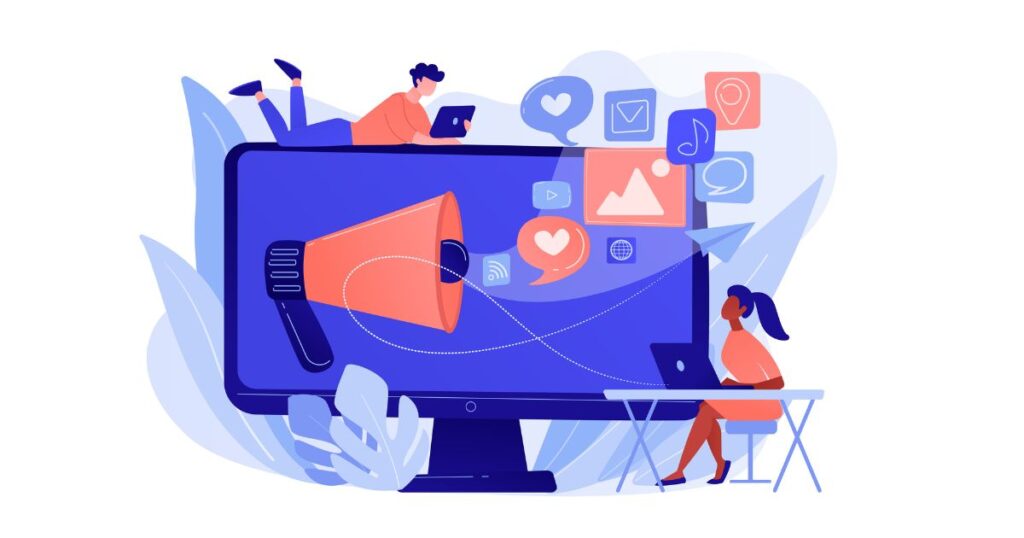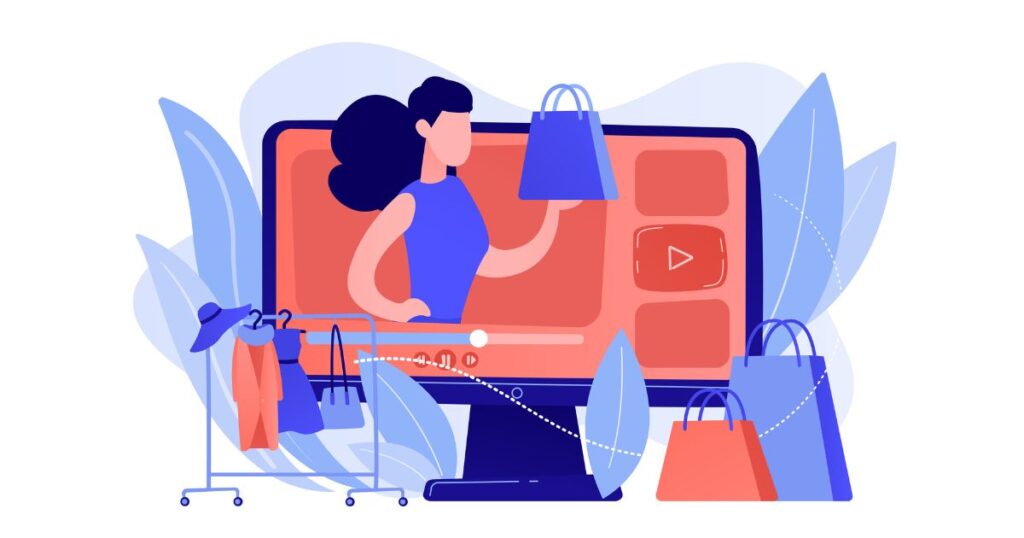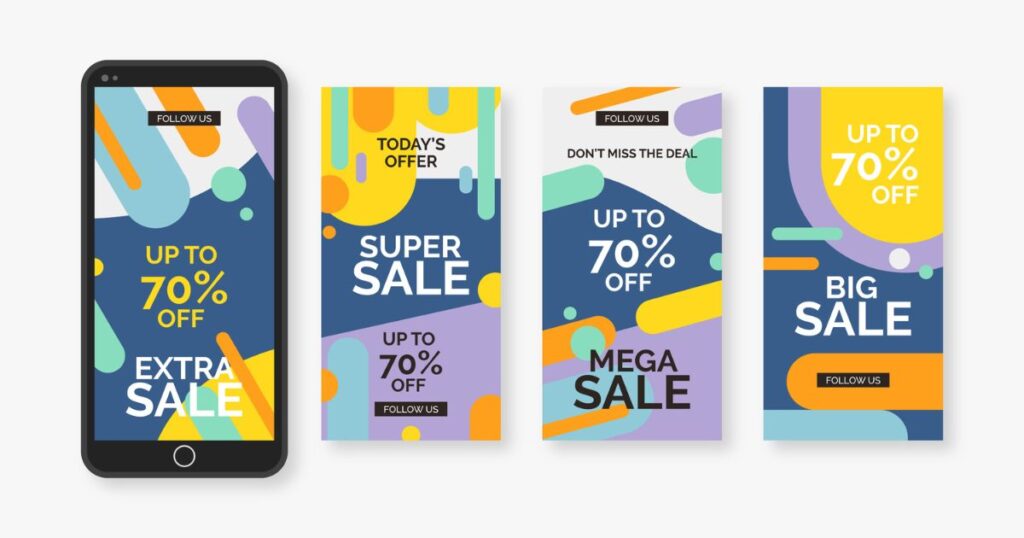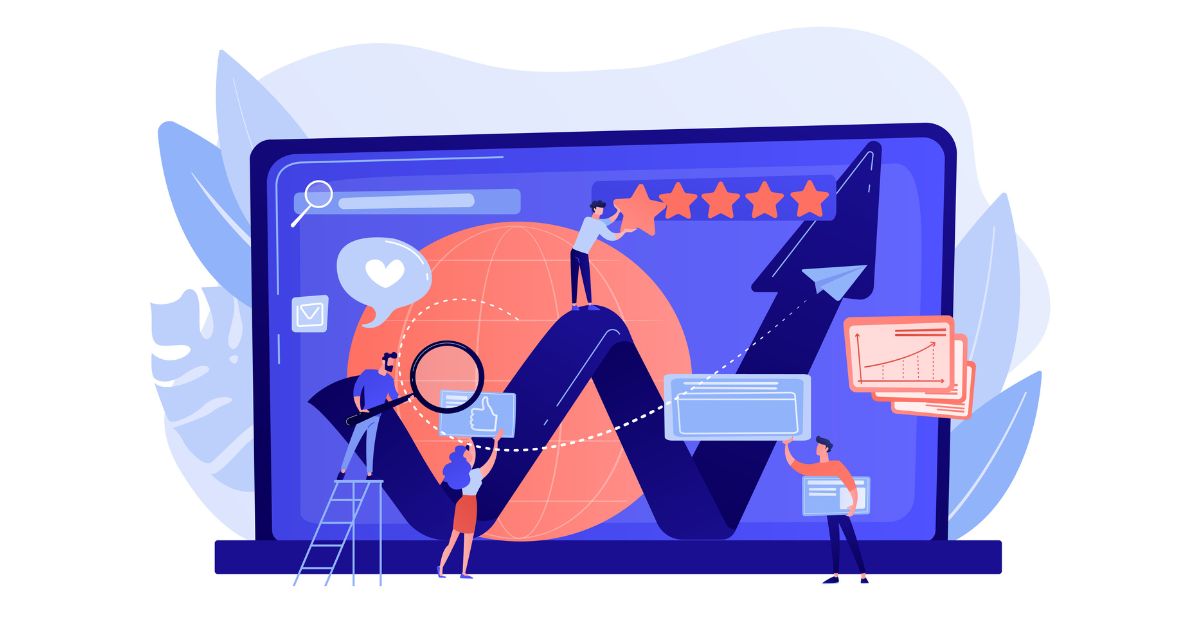Introduction
Running successful marketing campaigns on Facebook advertising is unfortunately not a straightforward task. But if you follow best practices, your performance should improve over time.
Facebook ads optimization is made up of two parts – Facebook’s algorithm, which runs automatically in the background and tries to get the best results for your campaign objectives; And the marketer’s actions to improve campaign performance.
These two elements are essentially different but complete one another.
In this article, I’ll explain what exactly happens in the optimization process, and try to answer how long it usually takes for Facebook ads to optimize.
When Facebook marketers start a new Facebook ads campaign, it usually takes some for it to optimize.
- Introduction
- The Facebook ads learning phase
- How long is the learning phase?
- 1. Campaign budget
- 2. Your CPM (cost per 1000 ad impressions)
- 3. The conversion event you optimize for
- 4. The conversion window
- 5. Audience Quality
- 6. Ads Quality
- 7. The products that you’re selling
- 8. The quality of your landing page
- 9. Pixel data quality
- 10. Other campaigns, on and off Facebook ads
- 11. Campaign structure
- Wrapping up the factors affecting the learning phase
- When should the digital marketer start optimizing the campaigns?
- What significant changes affect the learning phase?
- Optimizing Facebook Ads once they’ve left the learning phase
- Conclusion
- Further Reading:
The Facebook ads learning phase
Your business sells BBQ grills. As spring is right around the corner, your boss asked you to set up a new ad campaign on Facebook to acquire new customers.
You logged into your Facebook ads manager, created a sales campaign, assigned the budget, selected your target audience, and uploaded your ad creatives.
Once you approve the new ads and they start to deliver, you’ll first see under the ad delivery column that your campaign is active and learning.
What does this ‘learning’ mean? It means your campaign is in a learning phase. This is the period it takes for the Facebook algorithm to optimize automatically, and try to reach optimal results without any human intervention.
How long is the learning phase?
The amount of time it takes for Facebook ads to optimize can vary depending on a number of factors. In general, it can take anywhere from a few days to a few weeks for your Facebook ad campaigns to reach optimal performance.
Facebook recommends at least 50 conversion events per week, per ad set in order to leave the learning phase. The factors that affect the number of conversions you’ll achieve are listed below.

1. Campaign budget
The higher your budget, the faster you can reach a significant number of conversions.
2. Your CPM (cost per 1000 ad impressions)
The lower your CPM, the more people you can reach within your budget. The audience size matters here. As a rule of thumb, a larger audience is cheaper to reach than a smaller audience.
3. The conversion event you optimize for
Optimizing for product content views will result in more conversions than optimizing for purchase events. However, this will also mean Facebook’s algorithm will target users who are most probable to view a product, but not those who are most probable to buy it.
4. The conversion window
That is the time it takes users to perform the conversion event after they click or view the ad. The longer it is, the more conversions you’ll be able to track. The most commonly used conversion window on Facebook Ads is 7 days-click & 1 day-view.
5. Audience Quality
The better your audience is, and the better it reflects your potential customers, the better your chances are to reach the right people and get a good conversion rate. This applies to whatever conversion event you’ve selected.
6. Ads Quality
Better ads lead to a higher Click-Through Rate (CTR), which in turn means you’ll get more clicks for your budget, and probably more conversion events.
7. The products that you’re selling
The higher the price tag, the higher the Cost per Action (CPA) will be. We assume that the cost per purchase of a $500 BBQ grill will be significantly higher than the cost per purchase of a $100 running shoe.
8. The quality of your landing page
The better your landing pages are, the higher your conversion rate will be. A good product landing page should have great pictures, all relevant information, social proof (reviews) and a clear call to action (CTA) button – ‘add to cart’ or ‘buy now’. This should be followed by a smooth checkout process.
9. Pixel data quality
The Facebook pixel is a tracking tag that marketers implement on their landing pages in order to track significant events. New pixels, or pixels with little data tend to produce a more fluctuating performance.
Ad accounts with pixels that have gathered a large amount of data, have better chances of getting great results. Note that the different privacy changes over the past few years had a negative impact on the pixel’s tracking capabilities.
So it’s also important to check how much of the data you track, and if the numbers are low, look for workarounds (e.g. server-side tracking).
10. Other campaigns, on and off Facebook ads
Well-known brands have a higher chance to convert than small, new businesses. The reason behind this is that the target audience is already familiar with them and trusts them. Also, using Facebook ads to retarget users who have already been in touch with the brand (e.g. customers, visitors to your website or Instagram followers) often gets lower CPAs.
As a rule of thumb, in order to improve the chances of generating 50 sales per week, you should multiply your estimated cost per purchase by 50. So if you estimate your cost per purchase to be $100, your weekly budget should be $5,000 (or a daily budget of $714).
11. Campaign structure
The 50 conversion events should be gathered on an ad set level. If you have several ad sets in your campaign targeting different audiences or placements, in order to leave the learning phase, each ad set will need 50 conversions per week. The same goes for running multiple campaigns at the same time.
This means ad accounts with lower budgets should start with as few ad sets as possible.
Wrapping up the factors affecting the learning phase
If your budget isn’t enough to gather 50 purchase events in the first week of running, Facebook will show a message ‘learning limited’. In this case, you can either increase your budget or consider selecting add-to-carts as your optimization event. If you can’t make the 50 weekly events here either, consider selecting content views.
From my experience, an ad set can get good results also with 30 sales per week, even with the ‘learning limited’ warning. However, the more data you have the better – both for the algorithm, as well as for your analysis, e.g. when you compare the performance of 2 ad sets to select a winner.

When should the digital marketer start optimizing the campaigns?
It is recommended to assess your ad set’s performance once you’ve reached the 50 weekly conversion events. However, if after 2 days or a $500 spend you notice that your ads aren’t performing as good as you hoped, you should pause them to investigate the possible reasons.
You should also consider the conversion window – high-value conversion events such as purchases often come a few days after an ad was clicked. This lag tends to be longer, the more expensive the product is. So here’s another reason to be patient and not touch your ads during the first few days.
Every significant change you make to your campaign, ad set, or ad will start the learning phase again.
So if your ads are doing ok and getting good results, you should be patient to let them finish the learning phase.
What significant changes affect the learning phase?
These changes may restart the learning phase:
- Changes to audience targeting
- Changes to ad placements
- Changes to ad creatives (image, video, or text)
- Adding new ads in your ad set
- Budget changes of more than 20%
- Pausing the campaign or ad set
As you can see, the list is pretty comprehensive, so it’s better not to touch anything unless you have to.
Optimizing Facebook Ads once they’ve left the learning phase
Optimizing Facebook Ads is a long, ongoing process. As this isn’t the main topic of this article, I’ll keep it short.
The first thing would be to focus on the right metrics and align them with the goals of your business.
If you optimize for purchases, your main metric should be Cost per Purchase, and ROAS also makes sense to decide whether the campaign is profitable.
If you optimize for add-to-carts (ATC), then you should focus on Cost per ATC. Users who add to cart aren’t necessarily those who eventually buy.
On the other hand, CTR is a good indicator that you have great ads, but your objective is sales, not link clicks.
Once you’ve identified our important KPIs, it’s a good idea to make sure that you have a good structure. Separate prospecting and retargeting audiences into separate campaigns to reflect the different funnel stages. These are different audiences that behave differently, and should probably be served different ads.
Separating campaigns is also a good way to decrease the impact of changes on the learning phase. Changes done in one campaign won’t affect the ad sets in the other.
You can still test different audiences in separate ad sets within the prospecting campaign. One ad set will target a custom audience, e.g. your newsletter subscribers who haven’t made a purchase yet, while the other audience could be a lookalike audience of your best customers.
The downside of having many campaigns and ad sets is that you’ll need a larger budget in order to achieve the 50 weekly conversions per ad set. You can work around this limitation by layering multiple custom audiences or lookalike audiences into fewer ad sets, just make sure there’s a logic behind it.
A/B test different audiences, placements, ad creatives, and landing pages. You should define an A/B testing roadmap to decide which aspects you’d like to test first. Use the learnings you’ve made to improve your ads over time.
When it comes to ad creatives, there’s another thing to consider. Running 3 different ads in a single ad set doesn’t only compare the creatives, it also helps touch users in different ways, to create a deeper connection with them and avoid ad fatigue.

Conclusion
There’s no straight answer to the time it takes Facebook ads to optimize. The key is to understand that Facebook’s algorithm needs to have enough data, in order to deliver better results.
The amount of data your ad account will collect is determined by many variables, including your budget, audience, product, and ad creative.
Facebook recommends at least 50 conversion events per week, per ad set, in order to leave the learning phase and make sure the algorithm has enough data for good conversion optimization. During this time, marketers should be patient and refrain from making any changes to their campaigns.
The best way to optimize Facebook ads over a long time is by A/B testing, primarily of audiences and ad creatives.
Further Reading:
- How to use Facebook ads to get Instagram followers
- Google Ads vs. Facebook Ads For Ecommerce: Which Advertising Platform Is Better For Your Business?
- PPC vs. SEO: Which One Is Better? Pros, Cons, And When To Use Which
- How to Craft a Powerful Value Proposition on Google Display Ads
- Marketing Vs. Advertising Vs. Branding – Differences Explained
- Facebook Ad Testing: A/B Test To Improve Your Results

